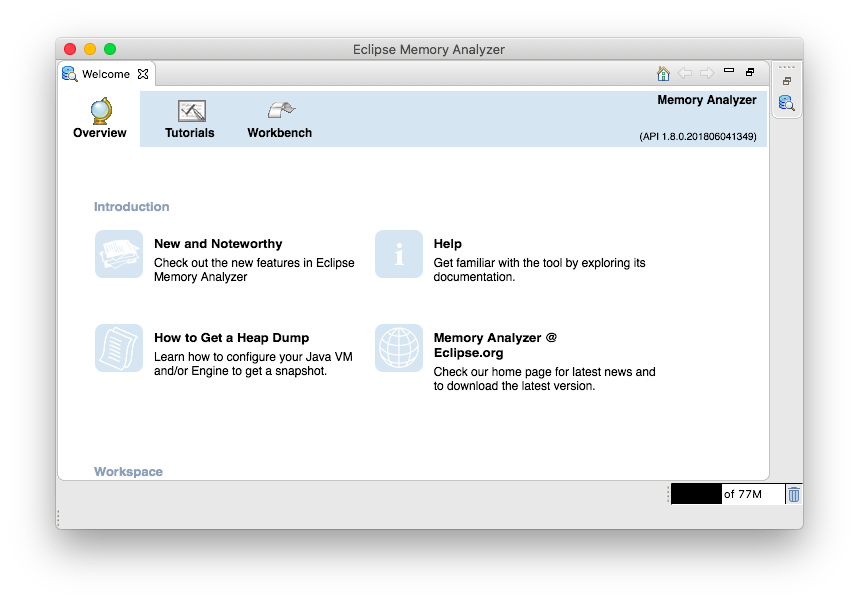

Since Eclipse MAT default settings don't show the unreachable objects, you will not get visibility into these objects. In such circumstances local variables will be still alive in memory, occupying space. However, there are several cases where the thread will go into a ' BLOCKED' or prolonged ' WAITING,' ' TIMED_WAITING' state. Once the thread exits the method, objects in local variables will be eligible for garbage collection. Eclipse MAT classifies Local variables in a method as 'unreachable objects'. Plugins/.86_64_1.1.200.v20140603-1326įrom its reporting, Eclipse MAT removes the object which it thinks is 'unreachable.' As 'unreachable,' objects are eligible for garbage collection, and MAT doesn't display them in the report. To the MemoryAnalyzer.ni you will add -Xmx3g at the bottom. This file is located in the same folder where MemoryAnalyzer.exe is present. You can allocate additional heap space for the Eclipse MAT tool, by editing the MemoryAnalyzer.ini file. If you can allocate more heap space then it's more the merrier. If you are analyzing a heap dump of size say 2 GB, allocate at least 1 GB additional space for Eclipse MAT. So I would highly recommend installing a Stand-alone version.

Two versions of Eclipse MAT is available:īased on my personnel experience, the stand-alone version seems to works better and faster than the plugin version. Here are a few tidbits to use it effectively.įig: Eclipse MAT. Eclipse MAT is a great JVM Memory Analysis tool.


 0 kommentar(er)
0 kommentar(er)
